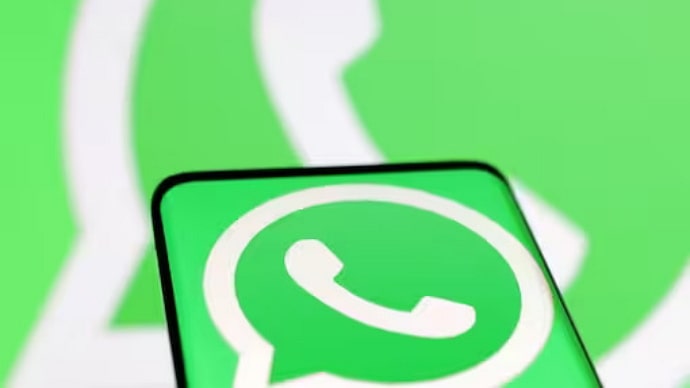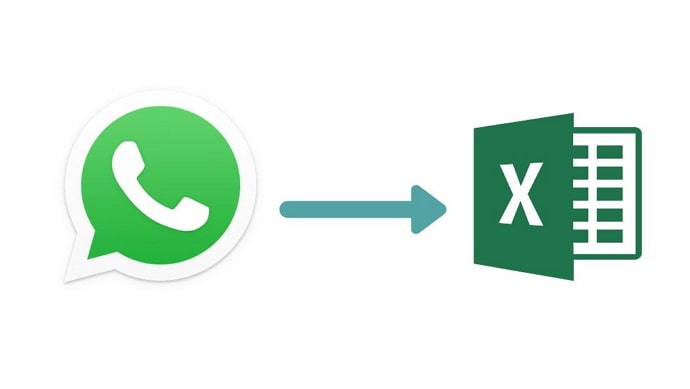In the ever-evolving landscape of digital communication, WhatsApp stands as one of the most popular messaging platforms globally. With its user-friendly interface and end-to-end encryption, WhatsApp has become an integral part of our daily lives.

However, as users navigate through the app’s settings, they may encounter the option to delete “Data on Device.” This seemingly innocuous feature raises important questions about user data, privacy, and the overall functionality of the application.
In this article, we will delve into the implications of deleting “Data on Device” in WhatsApp, exploring both the benefits and potential drawbacks. Let’s get started!
What Happen if I Delete “Data on Device” ff My Whatsapp?
In the dynamic realm of digital communication, WhatsApp has emerged as a ubiquitous platform, enabling seamless interactions across borders and cultures. However, the sheer volume of data generated within WhatsApp can strain device storage, prompting users to seek ways to reclaim space.
Among the options available, deleting “Data on Device” stands out as a straightforward solution. Yet, before embarking on this path, it is crucial to comprehend the implications of this action. We all need to learn and understand what this term entails. “Data on Device” refers to the cache and temporary files stored on your device as a result of using the WhatsApp application.
This includes media files, chat backups, and other data that enhance the app’s performance and user experience. Deleting this data essentially removes these cached files from your device, freeing up storage space and potentially impacting certain aspects of the app’s functionality.
Here are some key benefits of deleting “Data on Device”:
Freeing Up Storage Space:
One of the primary advantages of deleting “Data on Device” is the liberation of valuable storage space on your smartphone. Over time, WhatsApp accumulates a significant amount of media files, such as photos, videos, and voice messages.
By periodically clearing this data, users can ensure their devices operate smoothly and efficiently, preventing issues related to insufficient storage.
Enhanced Privacy:
Deleting cached data on your device can contribute to a heightened sense of privacy. This is particularly relevant if you share your device with others or are concerned about sensitive information being stored locally.
By removing cached files, you reduce the chances of unauthorized access to your media and message history, enhancing the overall privacy of your WhatsApp usage.
Improved App Performance:
Clearing cached data can lead to improved app performance. As WhatsApp stores temporary files to expedite the loading of images and messages, a cluttered cache may occasionally slow down the app. Deleting “Data on Device” allows the application to rebuild its cache, potentially resulting in smoother navigation and faster load times.
Drawbacks and Considerations:
The ramifications of deleting “Data on Device” extend beyond mere data loss. Users will encounter a starkly different WhatsApp experience, characterized by:
Loss of Media Files
Perhaps the most significant drawback of deleting “Data on Device” is the potential loss of media files. Cached photos, videos, and voice messages that contribute to a seamless user experience are stored locally. Deleting this data means that you will need to re-download media files when accessing chats, leading to increased data usage and potential inconvenience.
Impact on Backup and Restore
WhatsApp relies on local backups to restore messages and media files in the event of data loss or when transitioning to a new device. Deleting “Data on Device” may impact the efficiency of the backup and restore process. Users should be mindful of this, especially if they frequently switch between devices or rely on local backups for data recovery.
Temporary Disruption in App Functionality
When “Data on Device” is deleted, WhatsApp may experience a temporary disruption in functionality. The app will need to re-cache data, leading to slower load times initially. Users should be aware of this potential inconvenience, especially if they rely heavily on WhatsApp for real-time communication.
Customization and Preferences
Deleting cached data also resets certain customization preferences within the app. For instance, personalized settings such as chat wallpapers and notification preferences might revert to default configurations. Users should take note of their preferred settings before opting to delete “Data on Device” to avoid the need for subsequent adjustments.
In conclusion, the decision to delete “Data on Device” in WhatsApp involves a careful consideration of the trade-offs between gaining storage space and potential inconveniences.
While the benefits include enhanced privacy, improved app performance, and freed-up storage, users must be aware of the drawbacks, such as the loss of media files and temporary disruptions in-app functionality.
Also Read:





 Bitcoin
Bitcoin  Ethereum
Ethereum  XRP
XRP  Tether
Tether  Solana
Solana  USDC
USDC  Dogecoin
Dogecoin  Lido Staked Ether
Lido Staked Ether  TRON
TRON